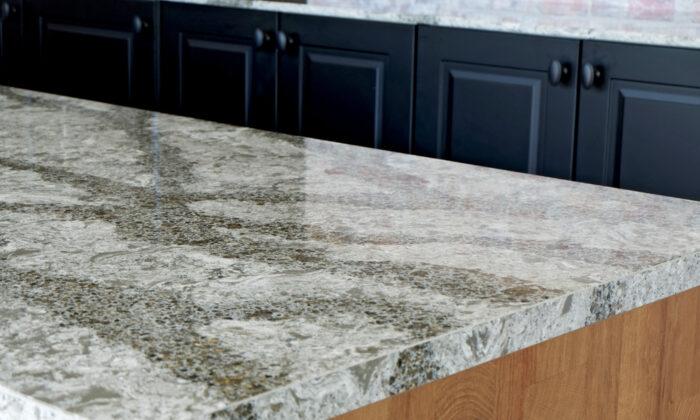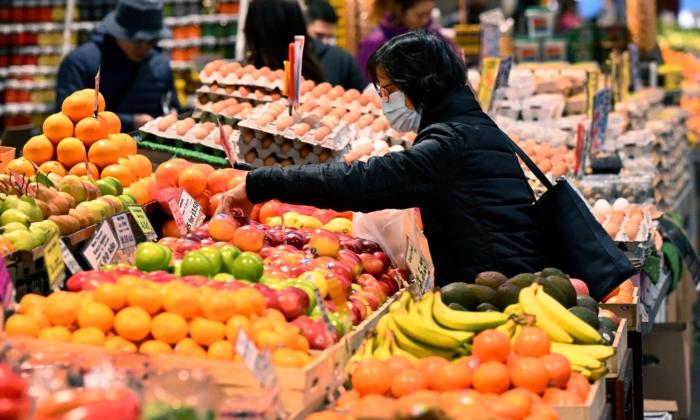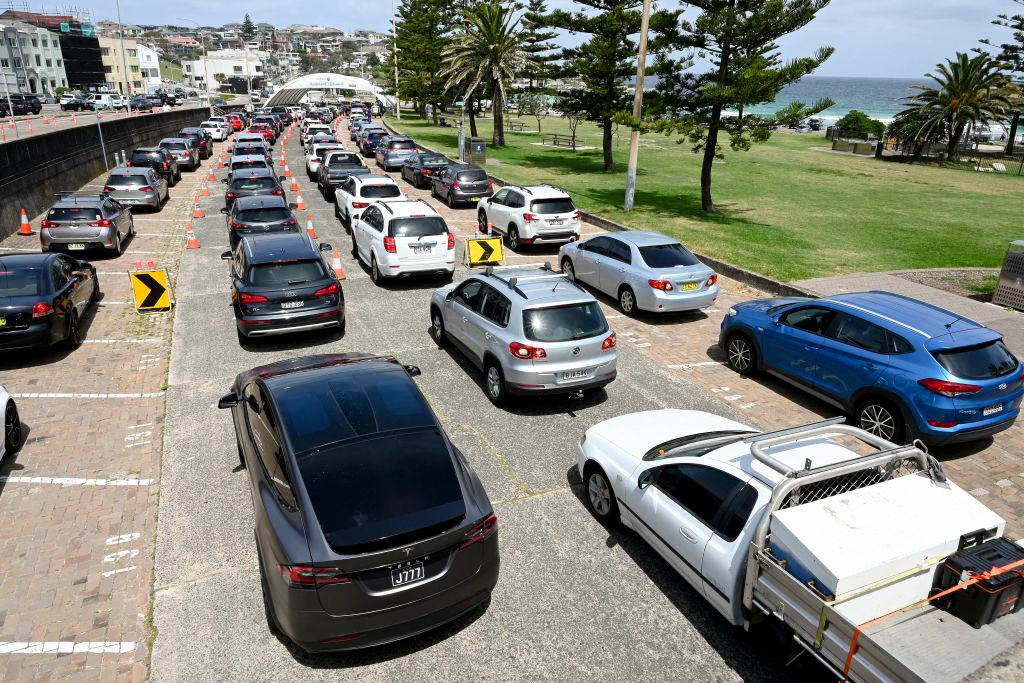A new report has urged the Australian government to impose a total ban on engineered stone after it was linked to a high risk of causing deadly lung diseases.
Engineered stone is commonly used in kitchen and bathroom surfaces such as countertops and benchtops, but it has been a topic of controversy as it can contain up to 95 percent of silica, compared to five to 50 percent in natural stone.
A report released on Oct. 27 by Safe Work Australia, a government agency established to develop workplace safety policy, revealed that even low levels of crystalline silica could be dangerous for workers and could lead to silicosis, an occupational and potentially deadly lung disease.
“Continued work with engineered stone poses an unacceptable risk to workers,” the report said.
The report suggested that a total prohibition of engineered stone was the only method to protect Australian workers from contracting silicosis from work.
Other measures, such as banning the use of engineered stone containing more than 40 percent of crystalline silica and introducing a regulation system have also been considered but concluded to be not effective enough.
“The features of the sector that have contributed to the current levels of non-compliance remain,” it said.
“In fact, permitting work with lower-silica engineered stone may encourage even greater non-compliance with WHS (Work Health and Safety) laws as there may be an incorrect perception that these products are ‘safer.’”
The report argued that while the cost to industry was “real and relevant,” it couldn’t surpass the “significant costs” to Australian workers, their families, and the broader community that result from exposure to crystalline silica from engineered stone.

Safe Work said the industry had failed to protect the health and safety of workers who cut and grind engineered stone, adding that there weren’t enough actions by regulators to drive behaviour change in the sector.
In addition, the workplace safety watchdog suggested that the government could introduce a licensing framework for businesses that have previously used or distributed engineered stone.
“While silicoses cases have been found in workers across a range of industries and silica-containing materials, a disproportionate number of silicosis diagnoses are in engineered stone workers,” the report said.
“There is no scientific evidence for a ‘safe’ threshold of crystalline silica content in engineered stone.”
According to a study by Monash University, more than one quarter of workers who have worked with artificial stone benchtops developed silicosis. On average, workers who were diagnosed with silicoses had been working for 12 years in the sector, but there were also affected people who had worked for only three years.
People contracting silicosis might not show symptoms until late in the disease, but the current mandated screening tests are likely “wide of the mark,” according to the study.
Ministers’ Meeting
At a meeting on Oct. 27, Workplace Relations Minister Tony Burke said the report was “powerful and compelling.”“It shows very clearly why we need further action to protect workers from this deadly disease,” he said.
“No one should ever contract a terminal illness simply because they’ve turned up to work.”

Speaking to ABC Radio National on the same day, Mr. Burke likened engineered stone to asbestos, a group of six naturally occurring minerals made up of thin fibres that could lead to increased risk of cancer if inhaled.
“Similar to asbestos … while it’s there—when it’s stable—it is not a risk [and] it’s not an immediate panic for people who have these in place,” he said.
“The risk comes either at installation or at renovation or removal. And we will be dealing with this as a legacy product for decades to come.”
Unions’ Response
The Australian Council of Trade Unions (ACTU) welcomed the Safe Work report, saying that “no worker in Australia should have to plan their funeral and farewell their loved ones, all because of a lung disease they got from working with this deadly stone.”“This recommendation by Safe Work Australia will save lives. We urge all governments to introduce it at the earliest opportunity,” said ACTU Assistant Secretary Liam O’Brien.
Meanwhile, the Construction, Forestry, Maritime, Mining and Energy Union (CFMEU) has previously voted to prevent its members from handling engineered stone by next year if government’s ban was not in place by then.
Prior to the ministers meeting on Friday, thousands of CFMEU members protested on Sydney’s streets to stop engineered stone benchtops from being used from 2024.
The union criticised hardware giant Bunnings for continuing to supply engineered stone benchtops.
Alternatives to engineered stone include laminate, porcelain, natural stone, concrete, timber, and bamboo, among others.
Some states in Australia have taken action to regulate the use of engineered stone. South Australia will ban the uncontrolled cutting of engineered stone, while Queensland and Western Australia have prohibited dry-cutting stone.






